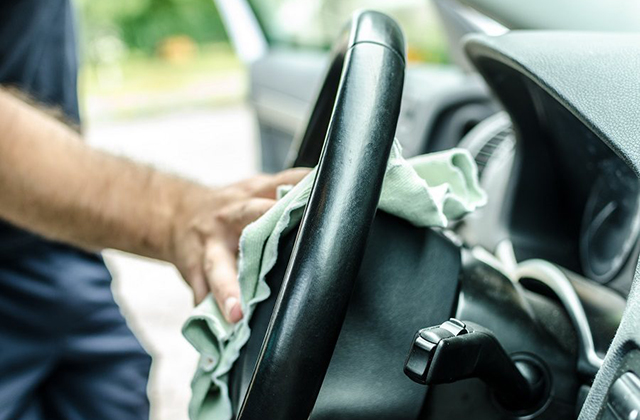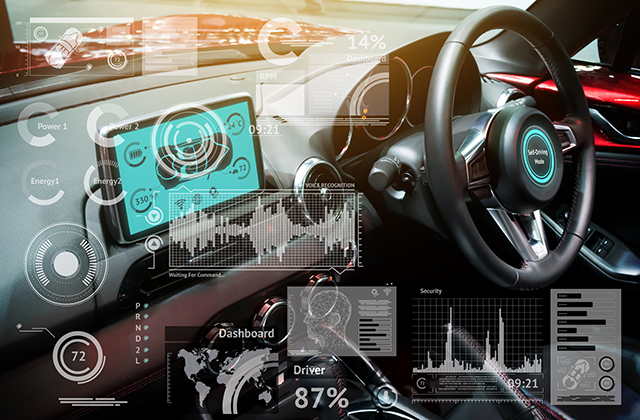
Auto Parts, is a collective term that is used to describe the components of an automobile. These parts, can either be supplied by the original equipment manufacturer of a particular vehicle, or an entirely independent engineering firm that specializes in the manufacture of mechanical parts for various makes and models of autos.
Motor vehicles are so affordable these days that most auto owners trade their vehicles every two or maybe three years. The upside of this practice is that commuters have a modern, reliable mode of transport, they keep abreast of the latest technology and their vehicles seldom, if ever, require spare parts.
Auto parts are quite expensive, particularly genuine OEM parts, and there are other costs to consider such as, workshop charges as well as alternative transport costs while the auto is being repaired. Even if the repair work is be performed by the auto’s owner, there is still the cost of time and inconvenience that must be considered.
The advantages of having replacement auto parts fitted by a mechanic at a workshop, apart from the fact that you, the auto owner, won’t get dirty hands, is that the work is done by a professional, is fully guaranteed and your time can be spent more productively. The only disadvantage being the cost of auto parts, particularly if your repairer uses genuine OEM parts, then you will be paying top dollar for the parts.
Auto owners that are fortunate enough to have a degree of mechanical knowledge and a workshop equipped with the necessary tools to carry out repair work, can save quite a deal of money by purchasing auto parts at the many discount outlets that are available. Apart from auto accessory warehouses, there are other outlets to be found on the Internet such as the many private distributors to be found on Ebay.
There are also many wrecking yards that carry a huge range of second hand auto parts that are favorably priced. Some of these parts are near new, having been gleaned from auto wrecks involving late model autos. If you are a DIY enthusiast, then wrecking yards are the places to look for your replacement auto parts.
There are two trains of thought being presented here.
People that have little mechanical knowledge, or those, whose interests lie in other areas will, naturally, tend to replace their auto regularly in order to have a reliable means of transport, as well as be able to keep up with modern trends. These people will substantially reduce the risk of time consuming breakdowns, loss of income and the added expense of costly repairs.
On the other hand, those people who have the expertise and the facilities to carry out their own repair work at home, can maintain there current model auto for years to come which, will still possess the reliability of the latest model.
People of today are fortunate that auto parts are available.
In past days, when one’s auto broke down the availability of auto parts was limited, it was a case of manufacturing an alternative part or walking away from the vehicle.
In these times, the ultimate cost of parts and repairs, in the case of a breakdown, is minute compared to the spiraling costs of new vehicles.
Oze Parrot
You may republish this article as long as you include the authors name and provide an active link to: http://auto.erlypro.com/parts/
Article Source: http://EzineArticles.com/expert/Oze_Parrot/21447
Article Source: http://EzineArticles.com/698519

